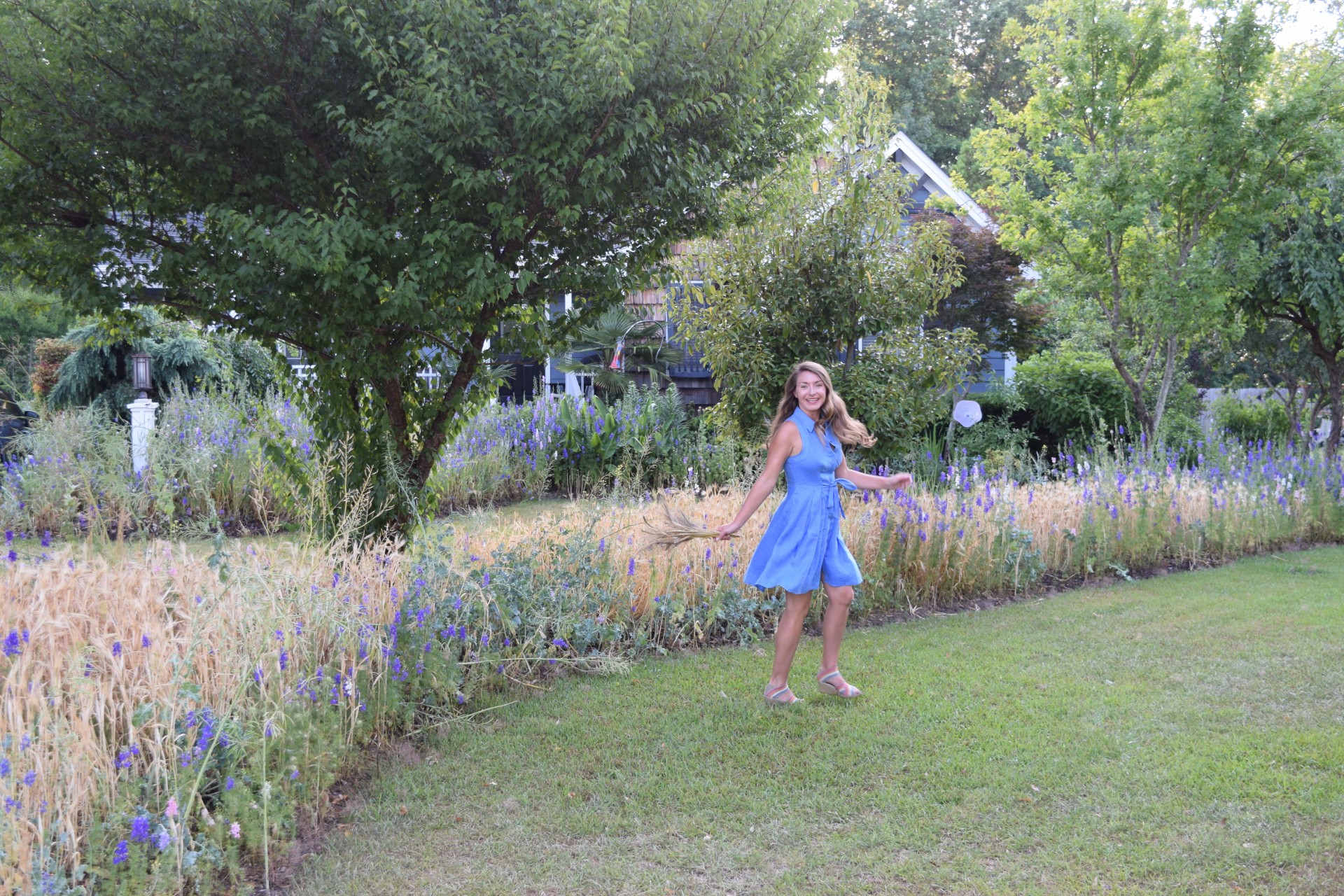Forget traditional garden rows and Pinterest-perfect raised beds. A new wave of gardeners—fueled by the rise of “chaos gardening”—is embracing a freer, wilder approach. Culinary plants are breaking out of the vegetable patch and popping up in unexpected places: nestled in flower beds, tucked into sidewalk cracks, or spilling from upcycled containers.
What is chaos gardening—and why is it so popular?
Chaos gardening is the ultimate plant-lover’s rebellion. It’s low-stakes, low-structure, and high-surprise—perfect for gardeners who crave creativity over control. By scattering seeds or tucking plants in overlooked spaces, growers often discover new, more sustainable ways to cultivate food.
It’s also a celebration of adaptability. Culinary plants like mint, thyme, and garlic can thrive in unique microclimates or unconventional containers. Mushrooms can grow on food scraps. And grain? That can thrive in your front yard.
Take it from Brie Arthur, a horticulturist and author who’s turned edible gardening into an aesthetic statement. “As an avid food grower, I love experimenting with unusual crops like fava beans, sesame, turmeric, and rice!” she says. “Grains are a fun and practical food crop to include in gardens and containers—they are beautiful, bountiful, and always spark conversation. Front yard wheat is my favorite, yielding over 20 lbs of flour that I use for baking.”

The case for culinary plants outside the garden box
Planting edibles outside traditional beds isn’t just unconventional—it’s often more effective. Herbs like basil, parsley, and nasturtium attract pollinators, while tucking garlic near ornamentals can reduce pest pressure. Hardscapes and…
Read the full article here

